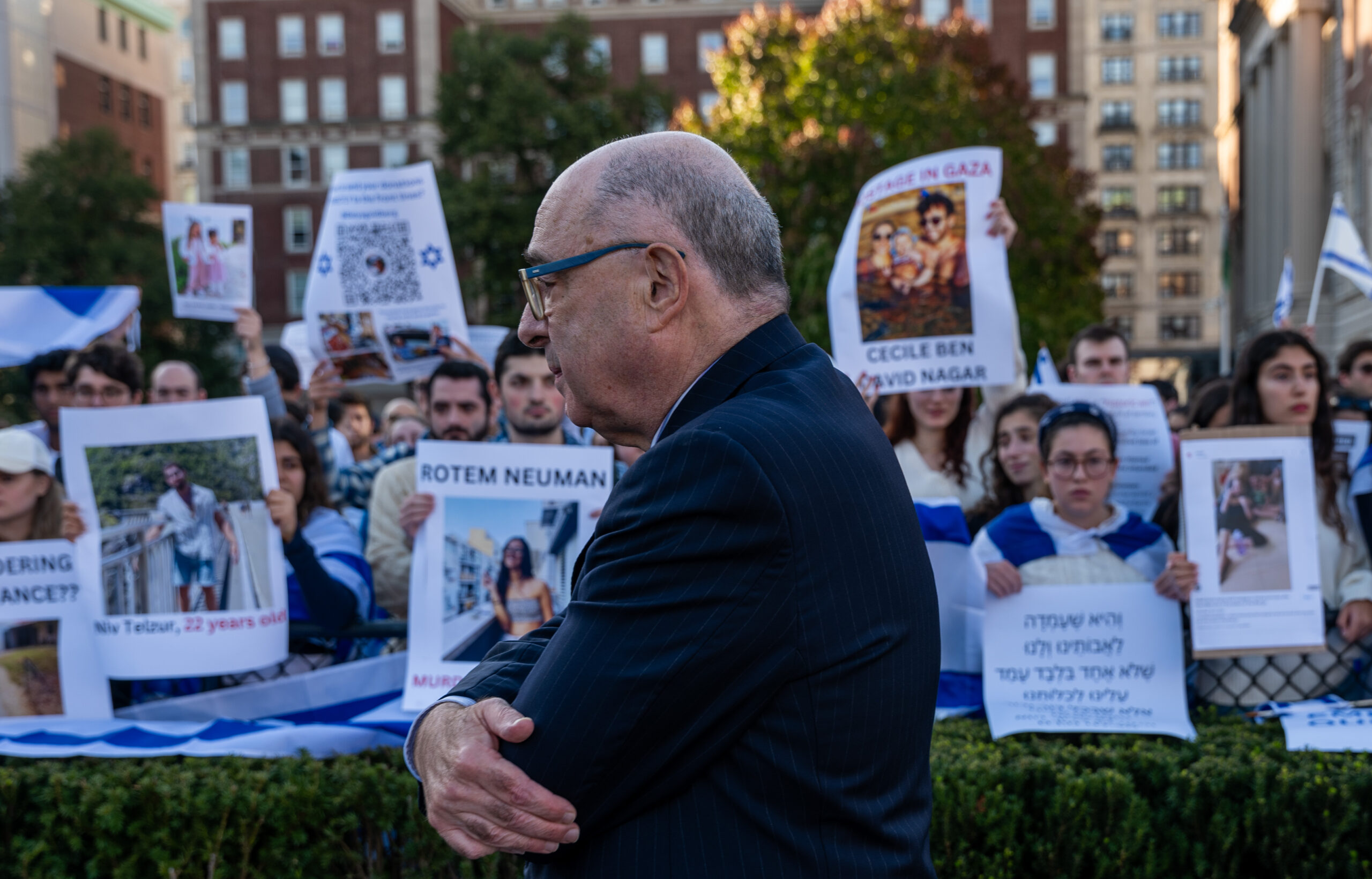Last month, Dave Deptula, who commanded U.S. air-force campaigns in Operation Desert Storm and in Afghanistan, became the first American general to visit the Gaza Strip since the current war began. Deptula explains the mechanics of Hamas’s sacrifice of Palestinian lives for propaganda purposes:
Hamas counts on media coverage and attention to civilian deaths to shift blame to Israel. The tactic it uses to do this is to stash weapons, explosives, or rockets into every structure where, or near where, they will be operating—mosques, hospitals, schools, shops, apartment buildings, and personal residences. They walk the streets in civilian clothes with no weapons, then duck into a building knowing where weapons are stored and use them against the IDF. They depart the building without any weapons, resuming their civilian appearance.
The IDF takes measures to minimize destruction when feasible and often subjects its own forces to substantial risk to mitigate civilian casualties. Indeed, the IDF refrains from attacking Hamas operatives when they brazenly interdict and steal humanitarian supplies to avoid additional killings and violence.
Deptula notes another, less-remarked-upon tactic that may have considerably slowed the progress of the war:
Hamas also sought to gain a shielding effect from Israel’s obvious interest in avoiding confrontation with Egypt. I drove past Hamas rocket-launch positions located feet from Gaza’s border with Egypt. Hamas positioned them there, using the co-location of their rocket launch positions and the border knowing that the Israeli air force would not strike positions so close to Egypt.
More about: Gaza War 2023, Hamas, IDF, Laws of war


